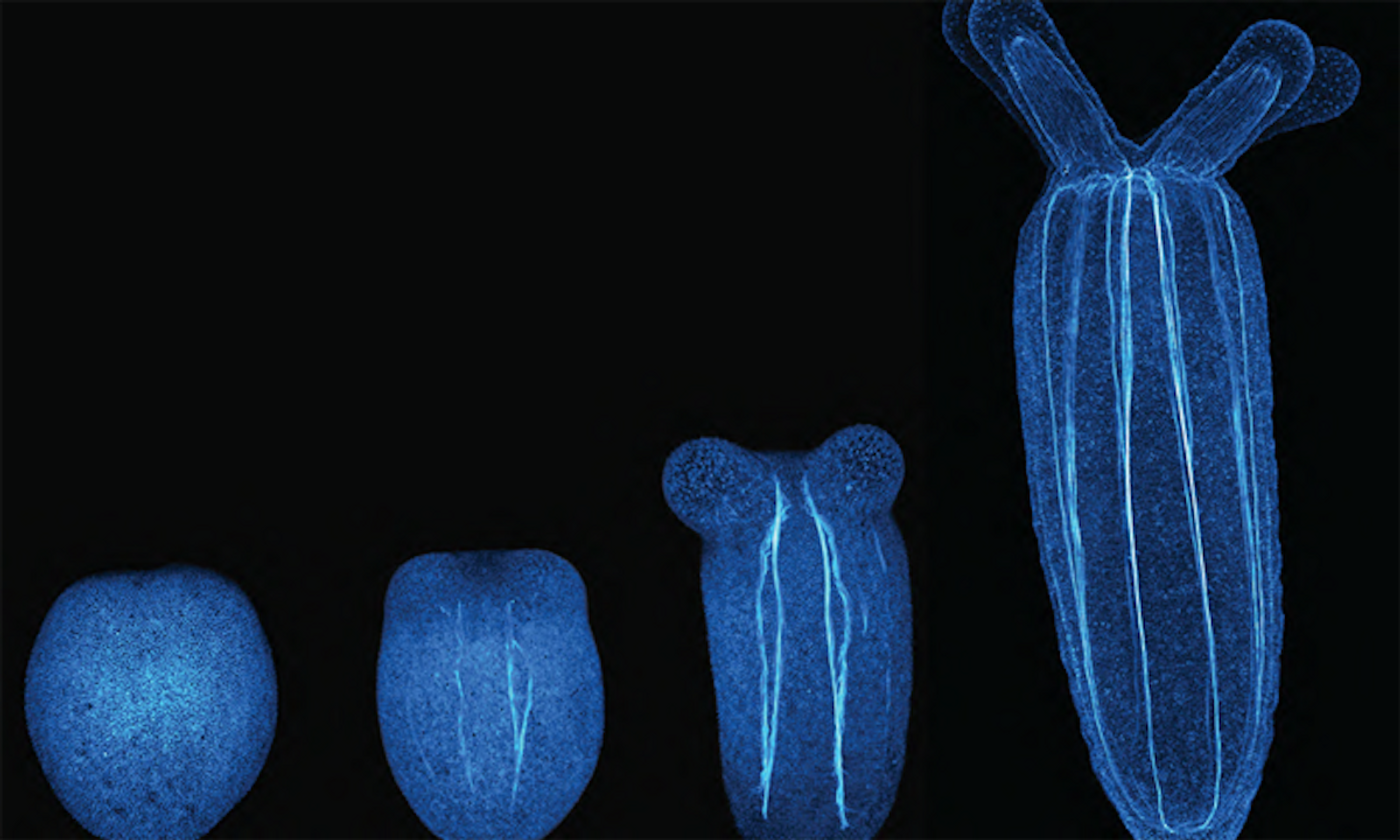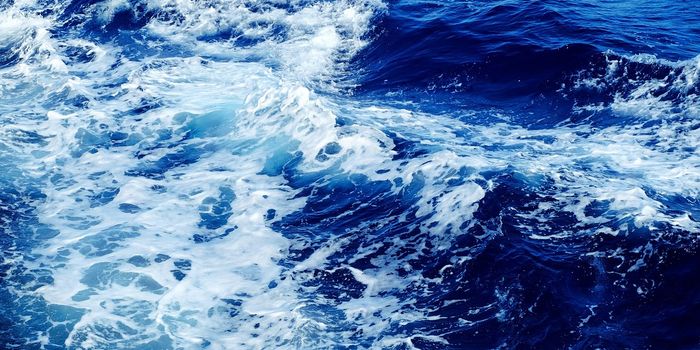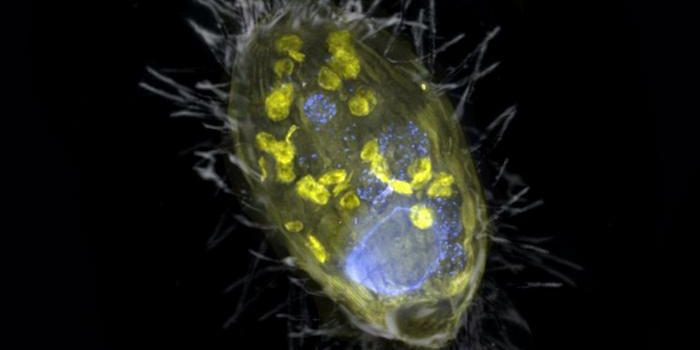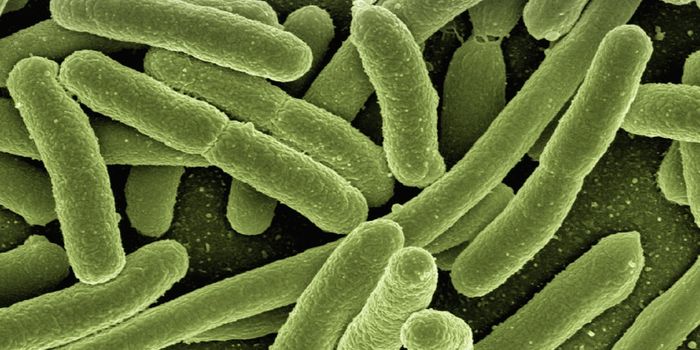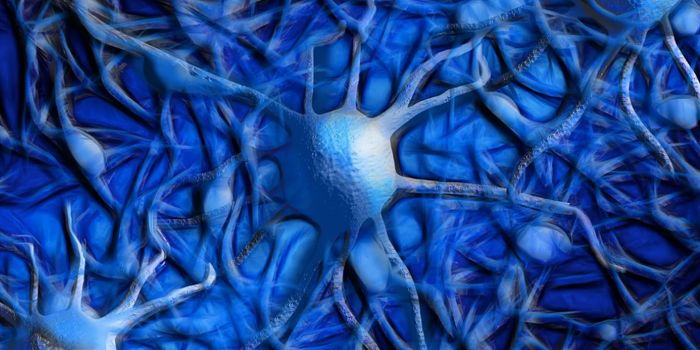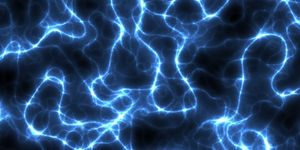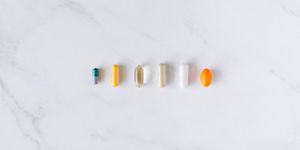In Some Animals, Early Movements Can Have a Big Impact
During development, organisms can undergo a number of significant changes in form and behavior. So how does activity influence development? To learn more about that question, scientists studied the sea anemone, an animal that benefits greatly from activity as it grows from mobile larva to sedentary polyps. Many other organisms, such as corals and some types of jellyfish, undergo a similar transition. Starlet sea anemone larvae (Nematostella) can perform a series of specific gymnastic movements as they develop. These animals also have to strike the proper balance; if there isn't enough activity, or there's too much, there may be a significant change in how their muscles are organized, which can cause alterations in their body shape.
Scientists have used a variety of tools including microscopy, genetics, computation, and biophysics to follow changes during the development of the sea anemone. This work revealed that sea anemones act like pumps as they grow, regulating internal pressure with muscle movements and hydraulics to sculpt tissue. The hydraulic muscles that work during sea anemone development seem to also affect the organism's growth. The findings have been reported in Current Biology.
“Humans use a skeleton made of muscles and bones to exercise. In contrast, sea anemones use a hydroskeleton made of muscles and a cavity filled with water,” noted corresponding study author Aissam Ikmi, PhD, an EMBL Group Leader.
The researchers found, to their surprise, that larvae take more time to develop when they are more active. If the animals are busy moving around, development pauses. “Our work shows how developing sea anemones essentially exercise to build their morphology, but it seems that they cannot use their hydroskeleton to move and develop simultaneously,” Ikmi said.
The researchers had to create methods and build a microscope capable of recording images, in focus, that would closely track the activity of the animal. When animals are imaged in motion, it can cause blurry photos. This presents a challenge when monitoring these "very active" larva, noted first study author Anniek Stokkermans, PhD, a postdoctoral researcher at the Hubrecht Institute in the Netherlands. The investigators were able to overcome those challenges to quantify the changes in the volume of sea anemones' tissues and body cavities.
As the body cavity increases in size because of the hydraulic motion of the sea anemone, the polyps get larger. Pressure in the luminal cavity can alter the ultimate shape the sea anemone takes on. The mechanisms that link muscle movement and body shape change are still unknown, however.
The researchers noted that since hydrostatic skeletons are ubiquitous among marine invertebrates, this “... study suggests that active muscular hydraulics plays a broad role in the design principle of soft-bodied animals,” Ikmi said. “As animal multicellularity evolved in an aquatic environment, we propose that early animals likely exploited the same physics, with hydraulics driving both developmental and behavioral decisions.”
Sources: European Molecular Biology Laboratory (EMBL), Current Biology
